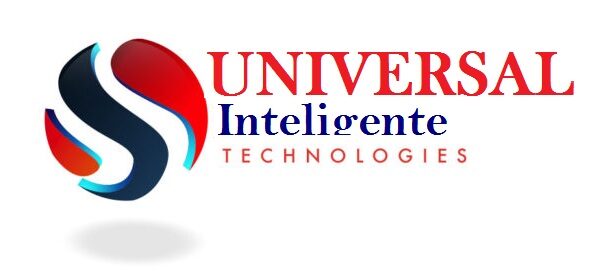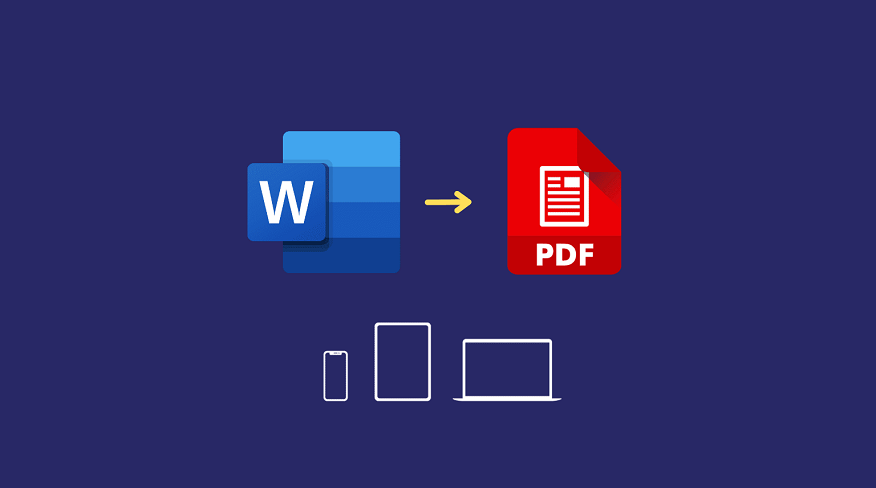Digital twins stand as an innovative concept, forging a link between the physical and digital realms. This article aims to delve into the essence of digital twins, their functionality, and diverse applications across various industries, demonstrating their transformative potential.
Understanding Digital Twins
Digital twins, a concept at the intersection of physical reality and digital innovation, have emerged as a powerful force shaping the landscape of various industries. In this exploration, we delve into the essence of digital twins, unraveling their significance, functionality, and the myriad ways they bridge the realms of the physical and the digital. From their conceptual roots to real-world applications, understanding digital twins opens a gateway to a transformative realm where virtual replicas seamlessly mirror and interact with their physical counterparts.
Transformation from Word to PDF
Converting documents from Word to PDF serves as a simplistic analogy to explain the essence of digital twins. Just as a PDF mirrors the content of a Word document while existing in a different format, a digital twin represents a physical entity in the digital space, maintaining synchronicity with its real-world counterpart.
The Digital Replica
Digital twins are virtual replicas of physical objects, systems, or processes. Beyond static models, these twins are dynamic, incorporating real-time data and representing the behavior, status, and performance of their physical counterparts.
Real-Time Connectivity
These digital replicas actively communicate with their physical counterparts, continually receiving data through sensors, IoT devices, and other sources. This real-time connectivity ensures a synchronized representation, reflecting changes and developments in the physical world.
Applications Across Industries
The transformative power of digital twins extends far beyond conceptual understanding, finding its true prowess in practical applications across a spectrum of industries. From revolutionizing manufacturing processes to reshaping healthcare delivery, urban planning, and beyond, the versatility of digital twins is nothing short of revolutionary. In this exploration, we unravel the diverse applications of digital twins, showcasing how this innovative technology is leaving an indelible mark on the way we approach and optimize various sectors. Join us on a journey through the tangible impact of digital twins across industries, where their real-world applications redefine efficiency, decision-making, and the very fabric of modern operations.
Manufacturing
In the manufacturing sector, digital twins optimize production processes by creating virtual prototypes, monitoring equipment performance, and predicting maintenance needs. This technology streamlines operations and enhances efficiency.
Healthcare
Digital twins facilitate personalized healthcare by creating digital replicas of individual patients. This allows for tailored treatment plans, predictive diagnostics, and simulations of medical interventions.
Urban Planning
In the realm of urban planning, digital twins model urban infrastructure, aiding in optimizing city design, traffic management, and resource allocation for smart cities.
Aerospace and Defense
In the aerospace and defense industries, digital twins enable predictive maintenance of critical systems, enhancing safety and reliability.
Energy Sector
Digital twins assist in monitoring energy infrastructure, optimizing performance, predicting failures, and improving overall energy efficiency.
Advantages and Challenges
As digital twins continue to carve a transformative path across industries, it’s essential to scrutinize both the advantages they bring and the challenges they present. In this exploration, we navigate the landscape of digital twins, highlighting their inherent strengths that propel industries into a new era of efficiency, innovation, and decision-making precision. However, no technological marvel is without its hurdles, and understanding the challenges posed by digital twins is crucial for harnessing their full potential. Join us as we dissect the dual nature of digital twins, uncovering the myriad advantages that elevate industries and the nuanced challenges that demand strategic navigation for seamless integration and optimization.
Advantages
Efficiency Enhancement
Digital twins streamline processes, reducing inefficiencies.
Predictive Analytics
Real-time data aids in predictive maintenance and decision-making.
Cost Reduction
Proactive maintenance prevents costly downtimes and repairs.
Challenges
Security Concerns
Interconnectivity raises concerns about data security and potential cyber threats.
Integration Complexity
Implementing digital twins requires integrating diverse technologies and systems, posing challenges in compatibility and complexity.
Initial Investment
Developing digital twins demands significant initial investment.
The Future Landscape
As technology advances, the potential for digital twins expands further. The integration of advanced technologies, such as 5G connectivity and AI, promises to refine and expand the scope of digital twin applications across industries.
Conclusion: A Transcendent Synergy
In conclusion, digital twins symbolize a transformative synergy between the physical and digital worlds. From revolutionizing manufacturing processes to optimizing urban planning, their applications are diverse and impactful. While challenges persist, the benefits in terms of efficiency, predictive capabilities, and cost savings highlight their potential to redefine modern operations across industries.

